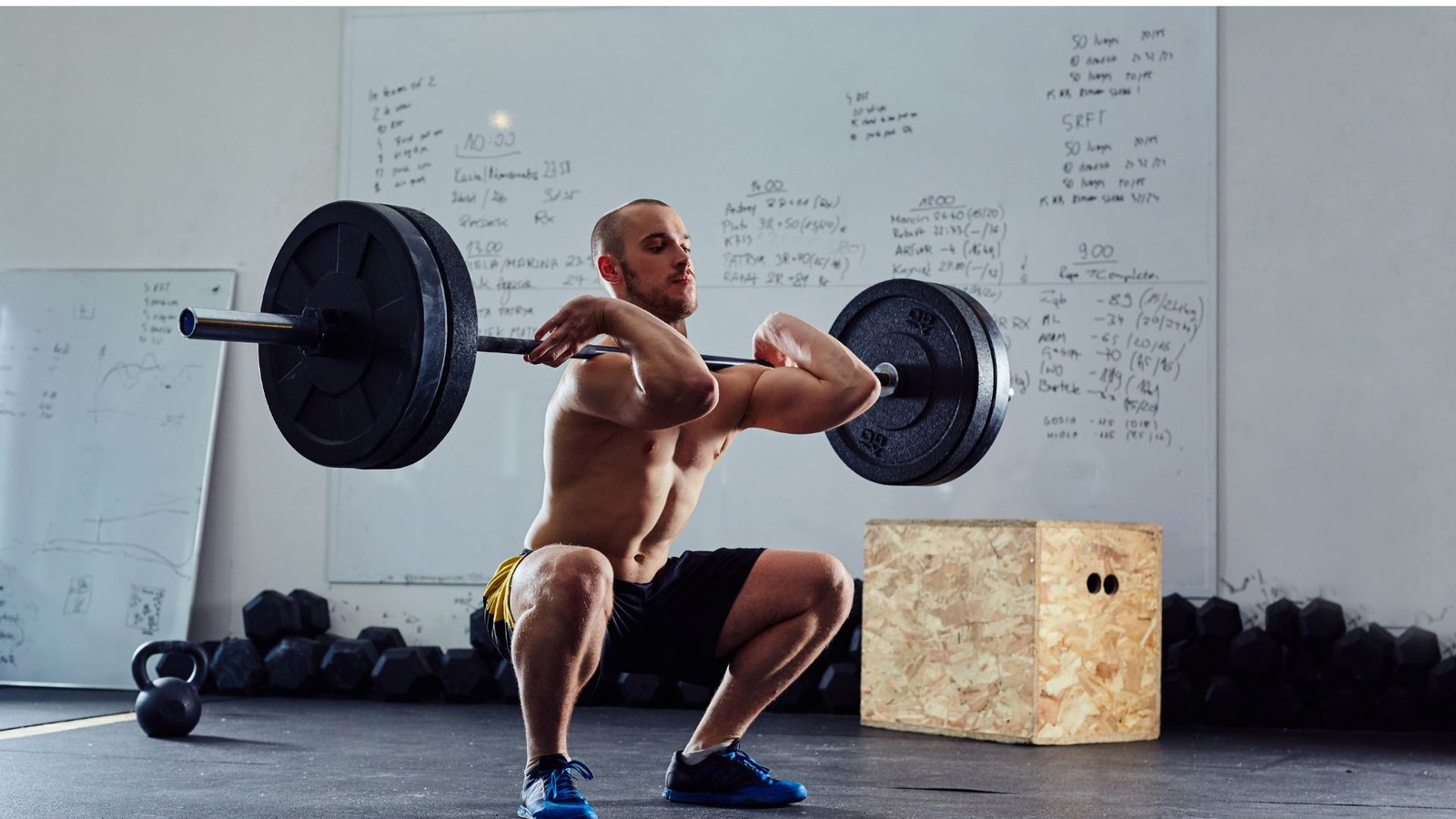8 major benefits of functional fitness
Functional training has become a popular buzzword in the fitness industry. This type of exercise mimics real life movements. Find out the benefits and how to integrate it with your training schedule.
What are Functional fitness exercises?
Functional fitness exercises train your muscles to work together and prepare them for daily tasks by simulating common movements you might do at home, at work or in sports. such as walking, jogging, running, sprinting, jumping, lifting, pushing, pulling, bending, twisting, turning, standing, starting, stopping, climbing and lunging. While using various muscles in the upper and lower body at the same time instead of independently such as the machine.
Below are some of major benefits:
-
- Improve movement pattern. Our bodies are designed to move, not to sit slumped over a computer all day. Functional training focuses on training movement patterns rather than isolating individual muscles.
- Correct bad posture and muscle imbalance. Functional training can help to correct bad posture and muscular imbalances caused by the daily grind, stressful jobs and hectic lifestyles.
- Increasing metabolism. Functional training provides fantastic fat burning workouts, by using full body exercises that improve strength, endurance and boost metabolism, not wasting a minute of your session.
- Your daily physical tasks become easier. This specific approach to fitness helps your quality of life to be increased in a way that’s practical, effective and easy. “I’d recommend functional training to anyone because of its ease and low impact
- Core strength. In functional training every exercise involves core activation, teaching the core to stabilize the spine against external force, throughout an array of differing movement patterns and body positions. Therefore mimicking the demand placed upon the core and spine in our everyday tasks and recreational activities
- Balance. Functional fitness training is recommended for everyone, especially older adults who wish to decrease the risk of falls, and gain muscle strength as well as agility
- Coordination. It helps in enhancing the relationship between your mind and muscles, so that you are able to play your chosen sport in a quick and reactive manner
- Injury prevention. When training in a functional manner, muscles aren’t just strengthened but the surrounding ligaments too, which is the area that can often become injured.
Below are some of functional exercises and the modification for each level
| Basic Life’s
movements |
Exercise progression | ||
| Level I | Level II | Level III | |
| Squats | Basic squats/ weighted | Weighted in single arm | Single leg box squat/squat jump |
| bending | Weighted deadlift | Single leg deadlift | Single leg deadlift weighted in opposite arm |
| Lunges | Walking lunges/ multi-directional lunges | Walking lunges weighted in single arm under head | Walking lunges weighted in single arm overhead/ split jump |
| Pulling | Inverted pull up in smith-machine | Assisted chin up | Chin up/ pull up |
| Pushing | Full body push up | Single leg push up | Handstand |
| Pushing | Weighted squats and shoulder press | Single arm squats and press | One hand snatch/ throw ball to wall and catch |
| Twisting and turning | Russian twist | Half Kneeling wood chops |
Split stance wood chops |
Finally, functional fitness is very important to add to your routine, especially since it has low impact on your body which doesn’t need complex tools or heavy machines. You can do it everywhere with simple tools such as a kettlebell, dumbbells, rubber bands or body weight. It is recommended for every age. While designing your workout you must add those seven basic life’s movements mentioned in the table above and be careful while shifting between the exercise progression levels.

